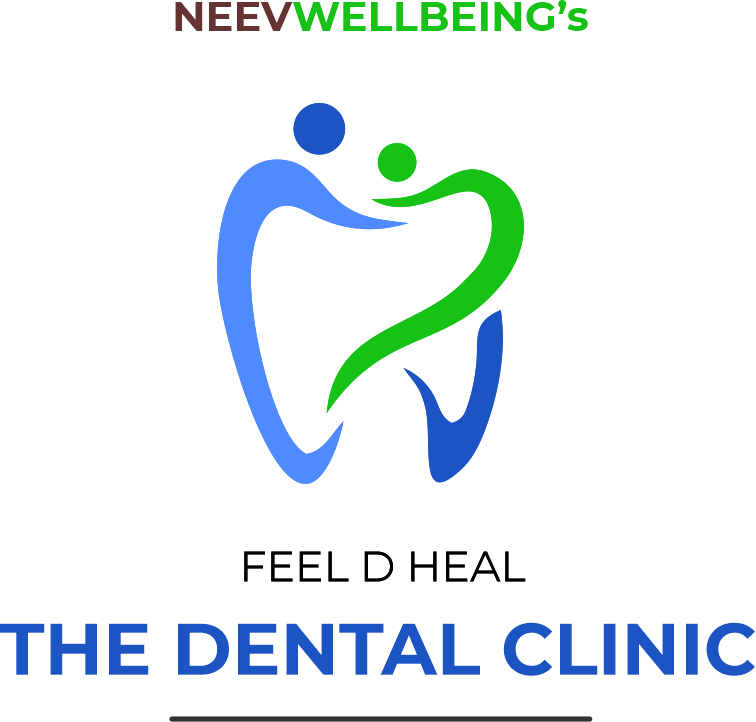Blog
ORAL CANCER
Cancer is amongst the most debilitating diseases affecting various parts of the human body such as the lungs, breast, colorectal, cervix, oral, etc. Oral cancer affects the tissues of the oral cavity such as the lips, tongue, and buccal mucosa, and ranks among the top five cancers in India.
Tobacco and betel nut chewing is the leading cause of cancer and is consumed in smoke as well as smokeless forms. Both forms are equally responsible for increasing the susceptibility to oral cancer.
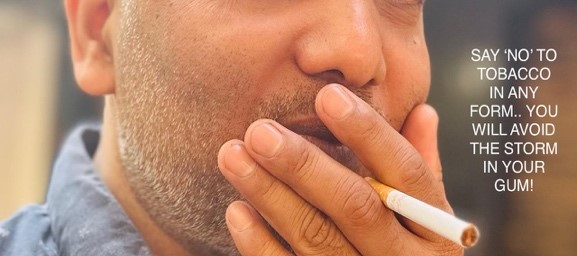

Other initiating and contributing factors leading to oral cancer are:
- Constant trauma from a sharp cusp of a tooth
- Direct and constant exposure to sunlight or other radiation
- Viral infections such as HPV, herpes simplex, HIV, Epstein Barr virus
- Genetic syndromes
Oral cancer can manifest in many forms:
- Can be a lump or growth in any part of the mouth
- An unhealed ulcer (longer than a month)
- A red or white patch in the mouth that cannot be scraped off
- Loosening of teeth for unknown reason
- Painful swallowing
- Abnormal sensation or numbness on the face
- Change in speech
In order to reduce the incidence of oral cancer, early diagnosis and intervention is of utmost importance. This can be done by a quick self-examination performed by the individual and then followed up by the dental practitioner.
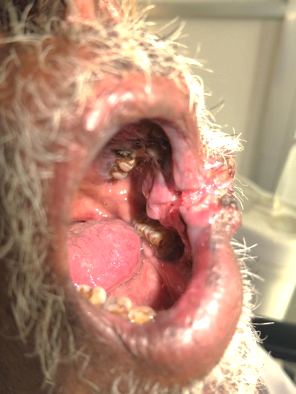
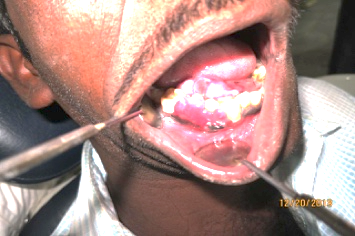
Quick tips for self-examination:
- Evaluate your mouth for any changes in color such as red or white discoloration or patches
- Feel for its texture, and thickness, and check whether it is painful or not
- Check if there is any oozing of pus or blood. Any abnormal finding persisting beyond three weeks needs immediate medical attention.
The dental surgeon plays a crucial role in the diagnosis and treatment of oral cancer. They can arrive at the preliminary or working diagnosis by the use of various chair-side investigations, such as dyes, biopsies, dental x-rays, etc.
MRI, CT, and PET scan are other advanced imaging modalities that help understand the spread of oral cancer. Early diagnosis and timely intervention result in a good prognosis for the treatment.
Dr. Zamzam Kazi – BDS, PG in Oral Medicine
Team NeevWellbeing’s The Dental Clinic
THE ULTIMATE GUIDE FOR ORAL HEALTH CARE
We have just embarked on the new year- Two Zero Two Four…!
Let us pledge to improve our dental care and enhance the oral hygiene score!
Oral health is the state of the mouth, teeth and orofacial structures that enables individuals to perform essential functions such as eating, breathing, speaking with ease. It also has psychosocial dimensions such as self-confidence, well-being and the ability to socialize and work without pain, discomfort and embarrassment.
The status of Oral health varies over the course of life- from early life to old age. It is integral to overall / general health and supports individuals in participating in society and achieving their potential.
The New Year is a fantastic opportunity to commit to making positive changes in your life. Take a moment to think about your own oral health. Developing and maintaining good oral health and hygiene is never expensive, time-consuming or difficult but results in being truly beneficial for the mouth and our overall wellbeing.
To keep your mouth healthy and your smile beautiful, the team at “NeevWellbeing’s- The Dental Clinic” have put together – The Ultimate Guide to Oral Health care.
By following these four simple steps, you will establish good oral hygiene and care. After all, Precautions prevent plight.

1. Brushing
Regularly and thoroughly brushing your teeth is the most important step in preventing tooth decay and gum diseases. Brushing removes the bacteria that promote tooth decay and the plaque which is the root cause of gum diseases. Ideally, you should brush after every meal, because the bacterial attack on teeth begins minutes after eating. At the very least, brush once a day and always before you go to bed.
How to brush your teeth?
- Angle your brush at 45 degrees relative to where your gums and teeth meet. Brush up and down with a gentle and circular massaging motion. Never scrub your teeth as gums that recede are often a result of years of brushing too hard.
- Brush the outer surfaces, the inner surfaces, and the chewing surfaces of the teeth. A thorough cleaning should take at least two minutes.
- Pick a soft brush with rounded bristles. The exact size and shape should enable you to reach the teeth at the very back of your mouth. There are many different types of brushes, so ask your dentist to suggest the best one for you.
- Replace your toothbrush every three months.
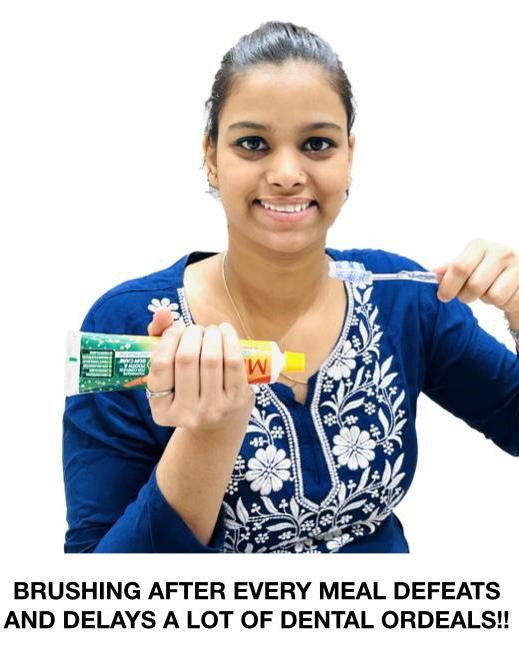
2. Interdental Cleaning
Interdental cleaning removes plaque and bacteria that cannot be reached with tooth brushing alone. If you don’t regularly clean between your teeth you are missing more than one-third of your tooth surfaces, which allows plaque to build up.
Clean between your teeth at least once a day, either with dental floss or tape, interdental brushes or an electric water flosser, to ensure that plaque never gets the chance to harden into tartar.
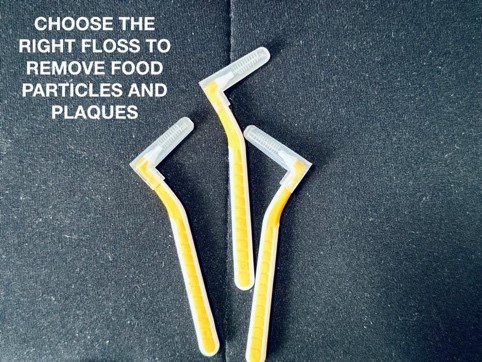
3.Healthier Dietary Choices
- Harmful oral bacteria feeds on sugar. By reducing sugar intake, you can reduce the amount of bacteria in your mouth. If you insist on eating sugary foods, try to keep it to mealtimes and do not brush immediately after.
- Be wary of acidic foods and drinks. Acid strips tooth enamel of its minerals. Over time, enamel damage leaves the sensitive inner structure of teeth unprotected against cavity-causing bacteria.
- Excessive alcohol consumption can lead to irritations of the tissues inside the mouth, including the tongue and slower healing and poor healing after dental or oral surgery.
- Smoking or chewing tobacco also has harmful effects on your teeth. When you smoke, you interfere with the normal function of gum tissue cells and affect the attachment of bone and soft tissue to your teeth. This leaves you more susceptible to infections and impairs blood flow to the gums.
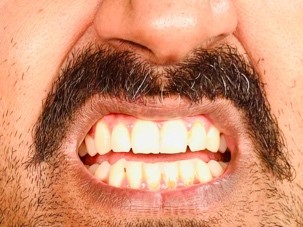
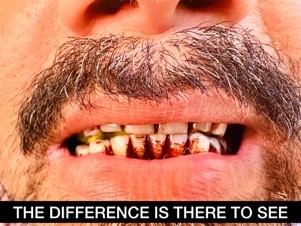
4. Routine Dental Check-ups
Prevention is always better than cure.. We recommend visiting a dental professional at least twice a year. The best way to stop dental issues in their tracks is to detect them early or stop them from happening in the first place.
- The body naturally builds up plaque and calculus and if it’s not removed, it embeds underneath the gum tissues and quietly causes periodontal disease. It doesn’t hurt but it silently produces enzymes that dissolve away the bones.
- A little cavity can be managed with a simple filling. A big cavity becomes a big problem. In its biggest stage, it can cause suffering and swelling and also the loss of a tooth.
Regular and periodic check-ups with your dentist allow you to discover cavities before they turn into big problems. Afterall, A stich in time saves nine”
- There is a strong correlation between gum disease and heart disease. While bacteria normally exists in the mouth, gum disease increases the level of bacteria dramatically and it gets carried through the blood and can end up lodged in the heart and clog blood vessels.
Take Care! Let these small healthy steps be the way of life!!
Dr. Chandraprabha Kumar.
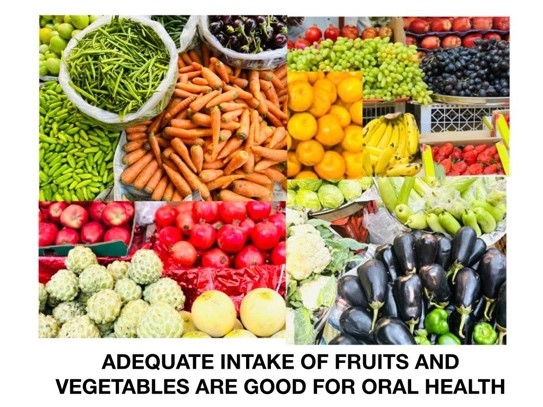
Sharing a veneer case by our periodontist Dr. Prerna Karde.
A female patient c/o spaces in her upper front region.
O/E- Diastema between all upper anterior teeth .12 was a peg lateral where as 22 was missing.
The ideal treatment plan would have been Orthodontic treatment followed by cosmetic treatment for 12 and 13.
However, the patient had limited time and opted for veneer treatment.
The case is presented in the video
Grateful to Dr. Radhesh Sir for guidance in this case.
